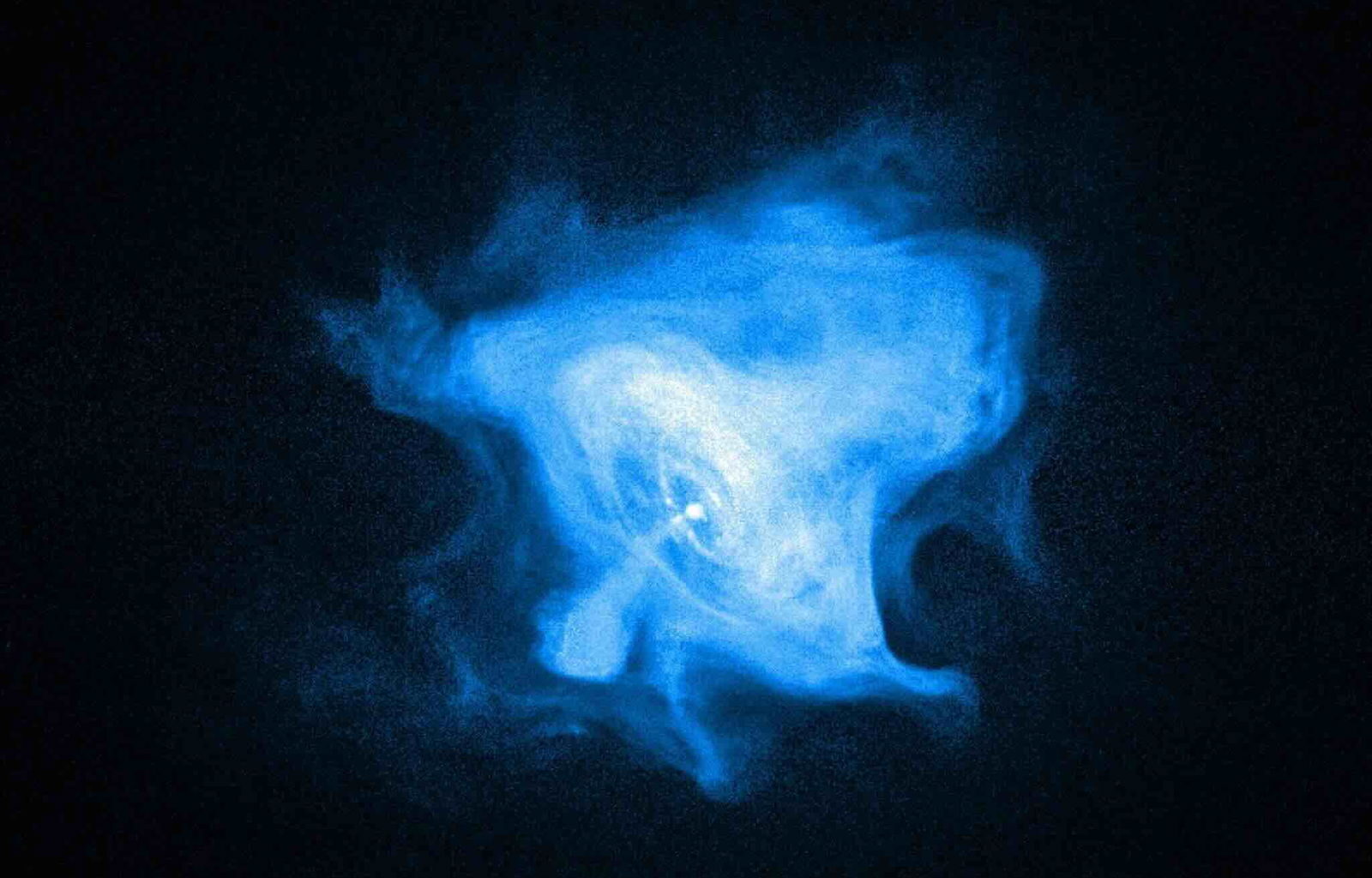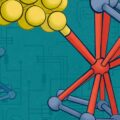Ultra-low frequency nanohertz gravitational waves emanating from pulsars may offer clues to unveiling the fabric of the universe, and new Japanese research is finally allowing scientists to decode the message.
Since their 2023 detection, the uncertain origins of nanohertz gravitational waves observed by international timing array collaborations have remained under debate. Researchers had identified two possibilities, and the new Hirosaki University research sought to finally resolve which of them offered the best solution to this cosmic puzzle.
Explaining Nanohertz Gravitational Waves
Pulsars are known for the consistency of their flashes, which are almost as dependable as the ticking of a clock. With radio telescopes, researchers can observe these pulses to collect data on what they reveal about the universe, as well as the nature of pulsars.
Beginning in 2023, multiple collaborations in the US and Europe announced that they may have detected a new type of gravitational wave. Dubbed nanohertz gravitational waves, these exist on a grand scale with wavelengths measured in light-years and periods lasting from months to as much as years. To fully observe these waves, researchers need a wide field, which is achievable only by watching them from distances ranging from hundreds to thousands of light-years away.
“The signal was statistically reliable but below the 5-sigma threshold that particle physicists usually require,” said Hideki Asada, a theoretical physicist and Professor at Hirosaki University. “It’s ‘strong evidence’ but not yet a confirmed detection, but the cosmology and astrophysics community believes we are approaching the first detection of nanohertz gravitational waves.”
While future data will be required to confirm the findings, finding a source for that crucial information is another challenge entirely.
Sourcing Wave Disturbances
“There are two main candidate sources for nanohertz gravitational waves,” Asada said. “One is cosmic inflation, which would have created spacetime fluctuations in the very early universe, later stretched to cosmic scales. The other is supermassive black hole binaries, which form when galaxies merge. Both scenarios could generate nanohertz gravitational waves.”
While the source of gravitational wave pulses remains steady, objects that interfere with them by bending space-time at various points along the pulse’s journey to Earth can alter their rhythm before the signals reach us. Nothing is random in those distortions; researchers can identify specific patterns similar to a wave rippling across a pond.
Asada, along with Shun Yamamoto, a researcher at the Graduate School of Science and Technology at Hirosaki University, proposed a new method of determining the source of these mysterious gravitational waves, which they revealed in the Journal of Cosmology and Astroparticle Physics. Their work identifies the beats produced when almost identical wave frequencies interact, which leaves a lasting effect on the pulses’ timing as they reach our observation platforms on Earth.
The Beat of the Cosmos
The team relied on beats discovered by superimposing two waves of similar frequency to identify their periods of strengthening and weakening. From these, they could identify a black hole binary as the black holes would have similar frequencies, producing an identifiable beat in their patterns. If such a beat can be identified, it would indicate two specific and similar sources, rather than random noise from a diffuse cosmic background. Stronger confirmation of the nanohertz gravitational waves’ existence will be required to make a firm assertion.
“I think once a confirmed detection at 5-sigma is achieved, maybe within a few years, the next step will be to ask: what is the origin of the waves?” Asada concluded.
“At that point, our method could be useful to distinguish whether they come from inflation or from nearby supermassive black hole binaries.”
The team’s paper, “Can We Hear Beats with Pulsar Timing Arrays?” appeared in the Journal of Cosmology and Astroparticle Physics on October 15, 2025.
Ryan Whalen covers science and technology for The Debrief. He holds an MA in History and a Master of Library and Information Science with a certificate in Data Science. He can be contacted at ryan@thedebrief.org, and follow him on Twitter @mdntwvlf.

